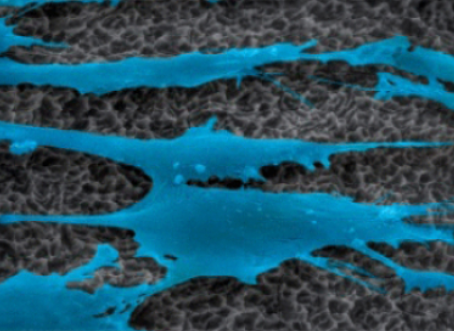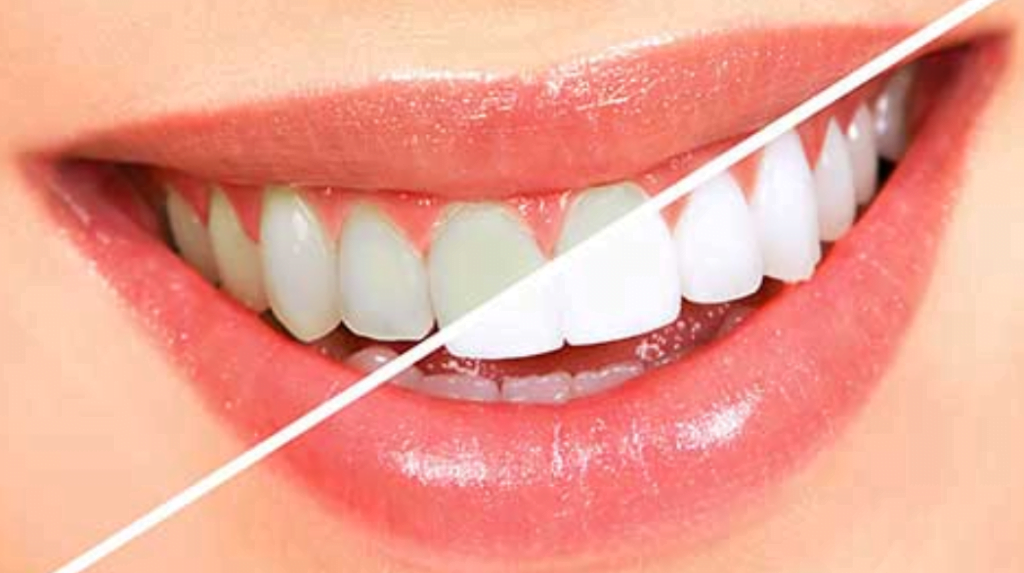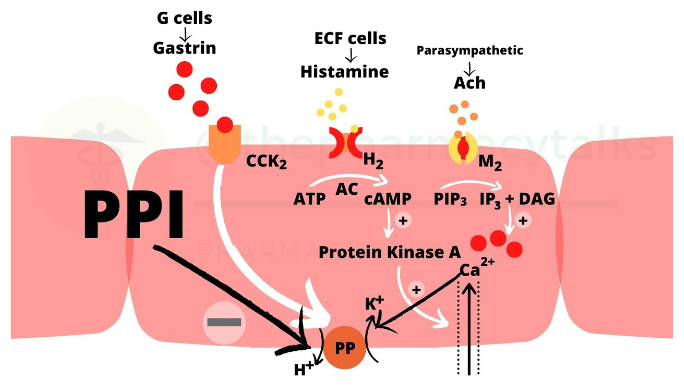Methods to Combat Infections When Installing Dental Implants
Certain categories of patients have a significantly higher risk of complications in the form of infectious inflammation. People at risk include those who have:
- Diabetes Mellitus: Severe forms that are difficult to manage with medications are a contraindication for dental implants.
- Weakened Immune System: This includes individuals with autoimmune diseases who take immunosuppressants, those undergoing chemotherapy, and those with HIV. Particularly complex conditions and periods of exacerbation are also contraindications.
- Blood Diseases with Bleeding Disorders: Depending on severity of the diseases, they may be temporary or permanent contraindications.
- Osteoporosis: This disease can slow down or prevent osseointegration.
- Chronic Kidney and Liver Diseases: These conditions can reduce resistance to infections, putting patients at risk.
Considering that installing an implant is always a risk even for otherwise healthy individuals, it is not surprising that there is a constant search for new methods, drugs, and materials to reduce the risk of infection. Today, we will analyze methods that have already been tested and are actively used worldwide.
Antibacterial Coatings for Dental Implants
One of the most promising methods is the use of antibacterial coatings on the surface of implants. These coatings prevent the growth of bacteria and reduce the risk of inflammatory processes around the implant.
The most successful and frequently used antibacterial coatings for dental implants are:
- Silver (Ag) Nanoparticles: Silver has strong antibacterial properties and has been used for hundreds of years, although the mechanism of action of silver particles was only studied in detail in the 20th century.
.
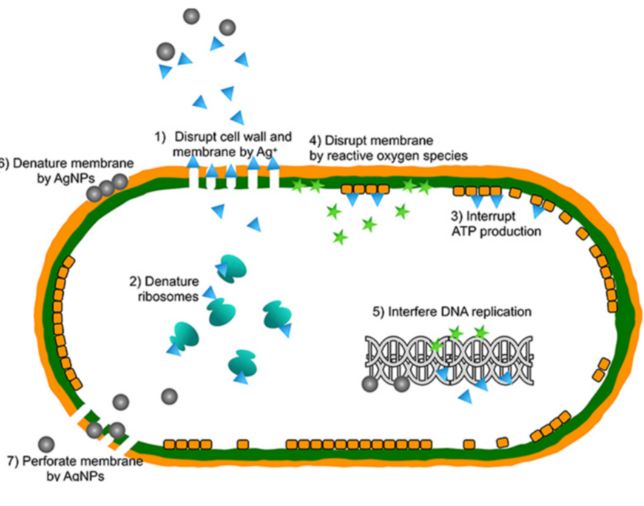 .
.
The addition of silver microparticles almost does not interfere with osseointegration but destroys the membranes of pathogenic microorganisms. However, it is important to note that high concentrations of silver can be toxic, so strict dosage control is necessary. Due to complex manufacturing and insufficient data on the long-term safety of silver nanoparticle materials, very few manufacturers have introduced antibacterial-coated AgNPs implants. - Titanium dioxide (TiO₂): Alone or with the addition of silver or other metals, titanium dioxide has noticeable antibacterial properties. TiO₂ is used as a surface coating for dental implants. There are research works on the successful use of titanium dioxide nanotubes.
.
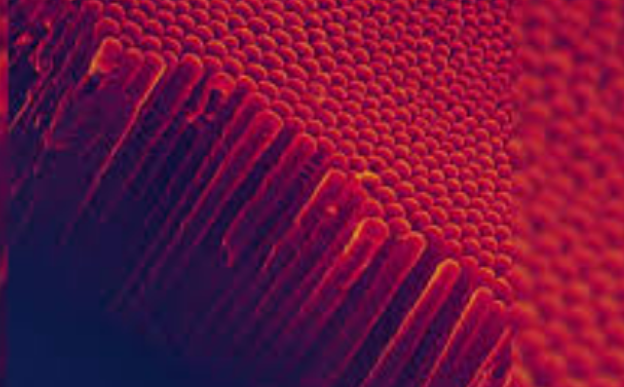
.
Tests have shown that such a surface not only has antibacterial properties but can also serve as a system for storing and gradually delivering drugs. Researchers loaded titanium dioxide nanotubes with an anti-inflammatory drug (naproxen sodium) and demonstrated that the drug was gradually released after implant placement. This mechanism ensures that the medicine gets exactly where it is needed and reduces the risk of possible unpleasant side effects that occur when the medicine is injected or taken orally. - Antibiotics: Although the use of antibiotics on the surface of implants is not a long-term solution, they are often used as a temporary measure to prevent infections during the postoperative period. Antibiotic coatings help protect the implant at a critical time when the risk of infection is highest. Additionally, many dentists practice administering broad-spectrum antibiotics to the patient about an hour before surgery. This also reduces the risk of developing postoperative infections.
.
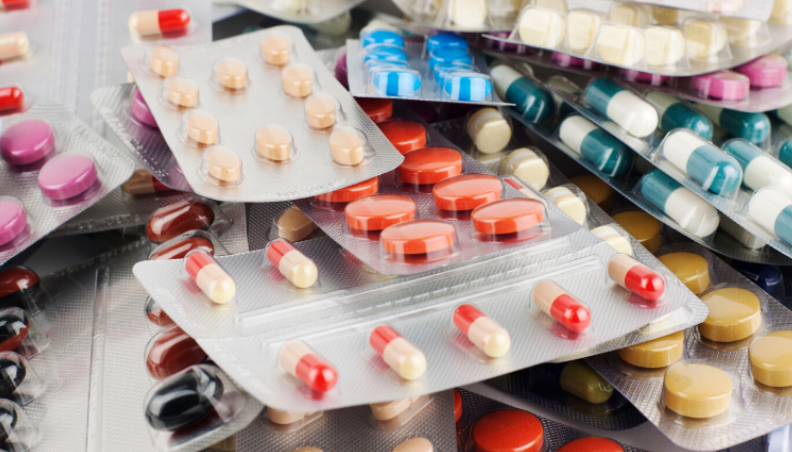
. - Nanostructured Coatings: This technique aims to create a surface that physically prevents bacteria from attaching. These coatings have the added benefit of not causing bacterial resistance, as can happen with antibiotics or other antibacterial agents. The optimal topography of the surface is still being researched. Look at the picture below to see the variety of surfaces available, all of which can provide good primary and secondary stability.
.
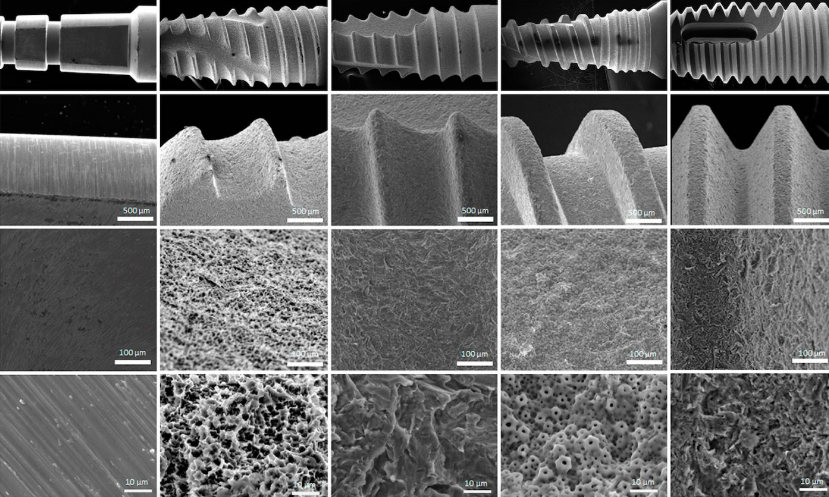
But there are a number of studies that show encouraging results specifically as an antibacterial coating.
Use of Antibiotics
As previously mentioned, the use of antibiotics before and after implant surgery remains an important method of preventing infections. Doctors prescribe antibiotics based on the clinical picture and characteristics of the patient. For healthy young patients, antibiotics before surgery and even in the postoperative period may not be prescribed or recommended.
New Materials for Dental Implants
More precisely, modifications and combinations of already known materials. Materials such as titanium and zirconium dioxide have long been used for the manufacture of dental implants. Some manufacturers are using new types of surfaces, such as ZirTi surfaces, which are obtained by sandblasting with zirconium oxide and etching with mineral acids.
In addition to increasing the area of implant-bone contact, the ZirTi surface promotes cell proliferation and differentiation during the processes of neo-osteogenesis and stimulates the development of blood vessels over time.
The surface also has noticeable antibacterial properties.
The use of these methods allows us to help patients who could not have hoped for successful osseointegration just a few years ago.

